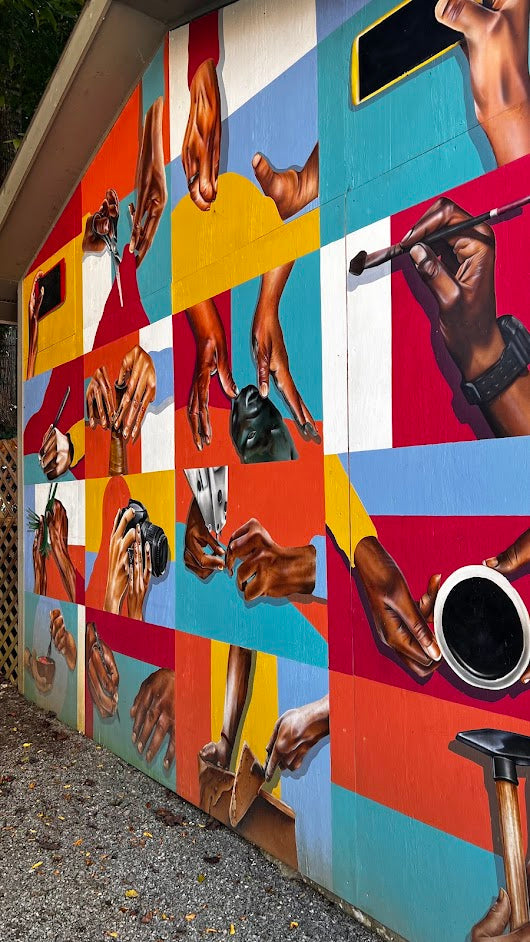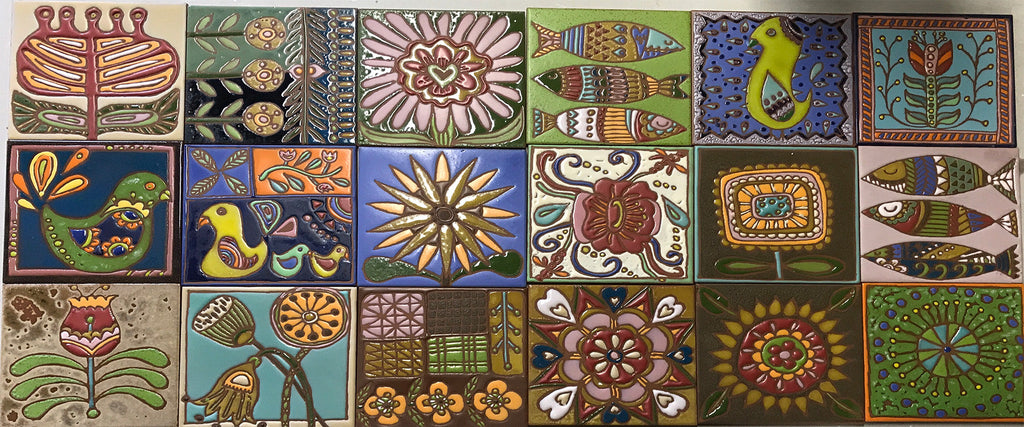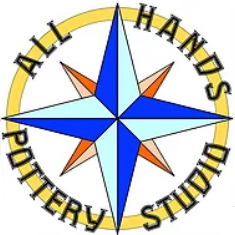10/6/19 - G'Day Sydney! My Essentials for Long-Haul Flights & Customs/Immigration Highlights & Communications
G'morning! 11:30 am Sydney time. Landed safely in Australia this am and am waiting for one more flight over to Perth. The journey really starts there for us, but we will be coming back through Sydney in a few weeks.
Weather here is a little on the rainy side the last few days from what folks are saying, and coolish in the mid 70's F.
Long-haul carry-on essentials:
I feel the jet lag a bit as I type this, but while it's fresh I thought I'd make a list of some essential long-haul flight items (partially so I remember them as handy in the future!). These are just the things I found I really needed to make the trip more bearable...had a lot of other things in my carry-on.
- A thick headband like the one I have on in the departure pics. That was invaluable for a sleeping mask. It didn't let any light in and really let me rest.
- A balaclava style multifunctional headband (like this one) - It was so cold on the plane last night! I wrapped this up around my neck and head so only my face was sticking out so the cold air conditioning didn't blow on my head all night. Bonus - if it fits well enough it will hold your mouth closed if you fall asleep for any post dreaming drool prevention too! Then under it I pulled my headband down over my eyes.
- Chapstick - not something I usually am keeping on-hand in a Virginia summer, but I threw some in my bag, and I'm glad I did. The dry air on the plane - this helps.
- Refillable water bottle - Australian's are serious about conservation. (and I already know I will love it about the culture here!) On Virgin Australia flights just outside the kitchenettes they stock fresh filtered water pitchers for the whole flight - some even have a refillable water bottle faucet. I like this one.
- As far as airplane clothing goes...I go with leggings, slip-on shoes with socks, a travel skirt that has a zip close pocket to fit your passport perfectly, a tank or t-shirt, and a lightweight, but warm cover-up. I like this 7-Days 7-Ways Cardigan from Eddie Bauer for light-weight needs. It kept me warm last night on the plane and is soft like a blanket. You can button it in all sort of styles based on your mood or need too.
- Travel toothbrush and small toothpaste. The dry air will make anyone's mouth feel like they have been out for a night on the town by just breathing.
- Saline nose spray - Again for the dry air. This has saved me immensely from sinus related problems after long-hauls in the past.
- Small bag-clippable hand-sanitizer.
- Any meds you find are helpful to help you sleep better. We tried this stuff called "No Jet Lag" - can't recommend it quite yet, but we will see. We followed the directions and Ming seems to be doing well, but we still have to fly to the other side of Australia before we are going to sleep again.
Long-haul jet-lag tips:
These are some of things that we have found help us out immensely to enjoy our days in-country albeit they can also make the getting-there a bit more challenging or tiring. We did not fly with any creature comforts like business or premium class lay-down flat options - they are expensive! In the middle of the night last night my spatial brain was envisioning all sorts of creative ways for airlines to pack more people in and make them more comfortable!
- Put yourself in the mental mindset that you are in the new timezone when you are sitting waiting to board the long-haul flight. Most long-hauls will also follow this mindset and serve meals on similar times to the arrival location. By the time we let ourselves try to get some sleep having left East Coast USA at 2pm - it was then about 5am our home time - so needless to say we were tired, but it's still not easy for a lot of people to sleep on a plane.
- Check with the gate-agent regarding the scheduled meals on-board too so you know how to plan for your comfort. We weren't sure and assumed correctly, but next time we'll ask. Within the first 2 hours of our nighttime long-haul flight from LAX to SYD they served dinner. Then they dimmed the cabin lights for sleepy-time. Then about 2 hours before landing they served breakfast. We gave ourselves about 10 hours of the 14 hour flight time to chillax and try to sleep.
- This means going from East-Coast USA you will be awake for a very long time during your first travel leg if going all the way to Australia on back-to-back flights (with layovers too). Some choose to stay a night on the West Coast before the long-haul flight for this reason
Customs and Immigration Highlights:
- When you enter a foreign country - you always go through both customs and immigration. Customs is about the 'stuff' you are bringing into the country, and Immigration is about you entering the country.
- Your airline agent domestically may not correctly inform you about procedures when you enter a foreign country - particularly with baggage and if you are then traveling domestically inside that country. Ours did not, but we knew from previous travel what to expect: 1. A customs declaration form as well as immigration information on the plane to be filled out before you land. On this form - you are telling the country you are entering what you are bringing in with you and what your personal intent is in the country. Fill it out honestly for items along with you in your bags - the customs agent typically will question why you are declaring ... and if it's not a concern let you pass with no hassle. If it's a concern, they might want a look-see to see if it needs to be disposed of before you enter the country.
- For Travel from LAX to SYD with a then domestic flight in Sydney to Perth - As US citizens, we needed an e-visa prior to departure. It takes about 24 hours to get the visa approval and it goes right on your passport number. On arrival to Sydney - we found an e-passport kiosk and scanned our info, had our photo taken, and got our immigration ticket. We proceeded to baggage claim to pickup our bags. *This is always true in our experience when you get into a country and are traveling then domestically in that country*: You get your bags, you go through a customs line that is either one to declare items the country listed as wanting to know about or having concerns about, or that you have nothing to declare. Sometimes you have to pay taxes to bring those things into the country, sometimes they aren't allowed, sometimes countries set money limits on foreign goods travelers can bring into the country. After you have your bags and have cleared customs, there is typically a place for you to then drop-off your bags (and possibly get your next boarding pass) so the bags are checked on to your next internal to that country destination. When in doubt - ask someone. You're tired, fuzzy-headed, and most people like to help people.
- I'll just say that the e-visa/e-passport is lovely, but I miss the stamps. I really like being able to look back through my passport book and see the stamps from interesting places visited.
Communications:
There are options...Wi-Fi is always a good option but not always everywhere you need it (Elon Musk is working on that though!).
Most modern countries have cellular service similar to the USA. We found this not to be true several years ago in Costa Rica and just rented a cell phone that worked on their service at the airport on arrival. For Verizon and T-Mobile customers in the USA you can usually just text a particular number to sign up for their travel program.
For Verizon you text 'TRAVEL' to 4004 and this signs your phone plan up for their 'Travel Pass' program available in many countries. This allows you to bring your domestic (US) cell phone plan with you into the country and use it just like you would at home. It costs US$10/day (as of writing this) if it is used and the best option is to keep your phone in airplane mode if you don't want to be charged on particular days when traveling or just want the cell as an emergency option. Verizon will charge if your phone makes a data, text or phone connection in any 24-hour period - so if your friend at home sends you a text message with an image you'll be charged to connect to a data cellular connection even though you might be wi-fi text-only texting for free. Your settings on your phone can help manage these charges too. Verizon's TravelPass allows free text and calls to your home country and visiting country based on your at home plans details for data and voice minutes.
Another option is to rent or buy a SIM-card in country or rent or buy a burner phone in-country. At the airport these options are usually available upon arrival. Some let you temporarily transfer your current phone number to the in-country cellular plan.
Another option are apps like Skype, WhatsApp, and SnapChat - these apps can also help you stay in touch with friends and family at-home and cost next to nothing if using them via Wi-Fi only. Skype has an option for you to get a plan with a certain amount of calling minutes as well as an in-country phone number too should you need people to be able to call you while you are there. If you enable Skype on your phone and are not on Wi-Fi - the connection will be via cellular connection.
Ming brought a work phone with a T-Mobile international plan that we were not able to get to work in Perth, so he also bought a SIM card to put in his personal phone. This option is working well for him now that we are in Brisbane, but it took about a week for him to settle into the option he liked the most. The advantage of the SIM card is that he can swap his home card in and out of the phone for the Australia card any time and check messages via Wi-Fi, but then when we are separated during the days out doing our own things, he can reach me and I can reach him via his Australia number. The SIM card costs about $30 AUD for a decent data, call, text plan for a month of use. (Update - his month $30 AUD card with 30G of data - ended up using about 5G total!)
I went with the Verizon TravelPass option - it cost's $10 a day and can allow me to make local and US calls using my standard data and text plan back in the US. I have only been turning this option on for days that I need it because I can just use Wi-Fi otherwise. I turned off all cellular notifications on my phone for all non-essential apps to prevent data connections when not needed. I also got a Skype Australia number and a plan that works for folks to call me in Australia; however, I think they still need to dial the country-code which is odd - I thought the advantage was going to be to provide local Australia folks with a number that would not be long-distance to call me, but in practice it's not working out that way. The Skype option was about $6 US to get an Australian phone number for me to use and another about $10 US for a phone calling plan.
We found that each of these options have their pros and cons and being the techies that we are - we had to try all the options. We would vary the choice in the future based on needs.





